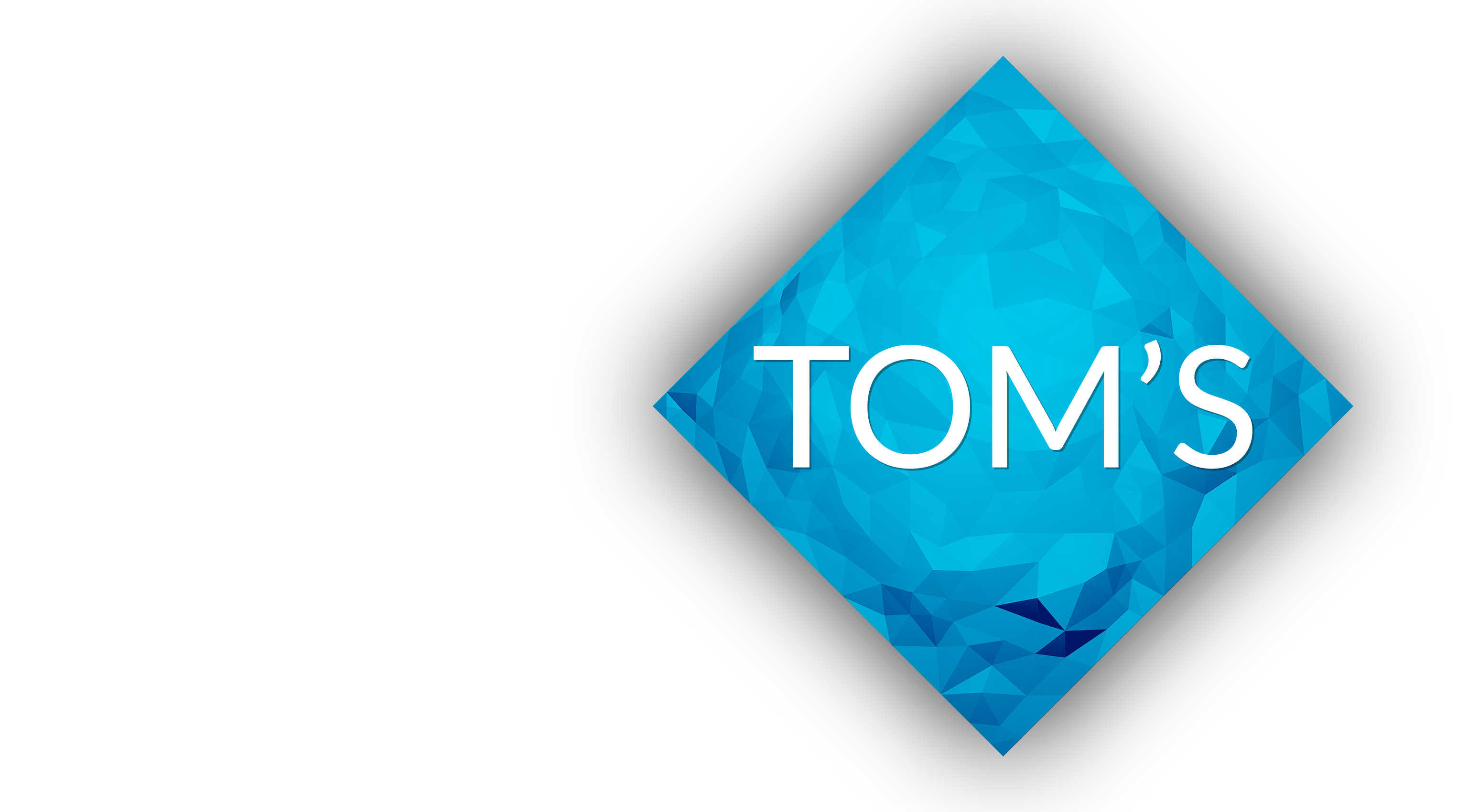The Ultimaker 3 is here! These are the things you should know about it, its larger brother, the Ultimaker 3 Extended and the future of Ultimaker in the “Maker” market.
Buy an Ultimaker 3 Extended
[US]
[DE]
Thanks to iGo3D.com for making the trip to the German Ultimaker 3 launch possible!
The hype train has finally arrived – this is the Ultimaker 3
Ultimaker has always had a bit of an incremental development process – their 3D printers were always based on the previous generation and carried over large parts of the existing designs. The Ultimaker 3 makes some of the most striking changes yet, but still manages to looks decidedly like an Ultimaker.
So the Ultimaker 3 is, by far, their 3d printer which is the most tightly aimed at professionals, taking stabs at the markets of the big boys Stratasys, 3DSystems and newcomer Zortrax. The biggest new feature for Ultimaker is dual-extrusion, not primarily for printing two colors, but for printing water-soluble support materials. And that’s exactly how the machine is set up right out of the box. You see, what used to be called an “all-metal hotend” is now called a “printcore”, which is still the same thing, but in a quick-swappable package. The Ultimaker 3 comes with one for PLA and one for the PVA support material preinstalled, but an extra one for using two different color PLAs is also included in the box. If you need replacements or want to print a different material, you can get PLA, PVA, ABS, CPE and TPU printcores for 119€ each, including tax, and while different nozzle sizes are planned, currently the selection of swap-in print cores is still limited to ones for different materials only.
Looking at the two hotends, sorry, printcores, the right one also lifts and lowers mechanically when not in use by swiping this tab in the right side of the printer, and the unused one cools down to reduce oozing. Dual extrusion is still printing a waste tower in the rear right corner of the machine to prime each material before reengaging it.
There are also a bunch of evolutionary upgrades, like moving from SD cards or a direct USB connection for controlling the printer to exclusively using USB thumb drives and a direct integration of WiFi and Ethernet.
The front of the Ultimaker 3 also houses a new camera to monitor your prints and Ultimaker’s own filament spools now come with NFC tags that let the printer detect the exact material you’re loading it with. I guess that will prevent you from using the wrong printcore for the specific material, but i haven’t seen any info yet on whether this will also be communicated back to Cura on your local computer or whether slicing will start moving completely into the printer.
There’s also a new inductive bed auto-leveling technique, but you still get the classic leveling screws, albeit now on top of a stiffer printbed construction for a more consistent print quality.
The motion system still seems to be the exact same one used in the Ultimaker 2, and the extruders aka feeders are also identical to the ones on the Ultimaker 2+.
So do we need to talk about print quality? Probably not, this an Ultimaker after all, and the prints i’ve seen look perfect as always. It still can’t bend physics, but it is still one of the best-printing FDM machines out there.
Now, even though the term “open source” has been heavily tossed around during the announcement, it is clear that Ultimaker is rapidly shifting its focus from 3D printers “for the community” to an Ultimaker-only ecosystem, which will definitely appeal to professional users who now have a single company to blame if anything should go wrong with their machine. But that’s the selling point – Ultimaker has a very tight grip on the printer, materials, software and support and will do everything in its power to make sure those components work together as smoothly as possible. As lower-end options, the Ultimaker 2+, 2 Extended + and Go will remain available.
The new Ultimaker 3 will be shipping soon, and is up for purchase right now e.g. at iGo3D in Germany or Matterhackers in the US, the base model for 3600€ including tax or $3500 plus tax, while the taller Ultimaker 3 Extended runs at 4400€ including tax or $4300 plus tax.
Now, when will i be able to publish a review? Well, if we were to listen to Ultimaker, it would be at least two months after the first machines ship, so the earliest would be some time in 2017. We’ll see about that.
Ultimaker now also have their own filament for support materials, which, let’s be honest, is a huge deal for professional users – simply having a single source for printers, software, materials and customer support means whenever anything goes wrong, you know exactly who to call.
Music by: David Cutter Music – www.davidcuttermusic.co.uk
